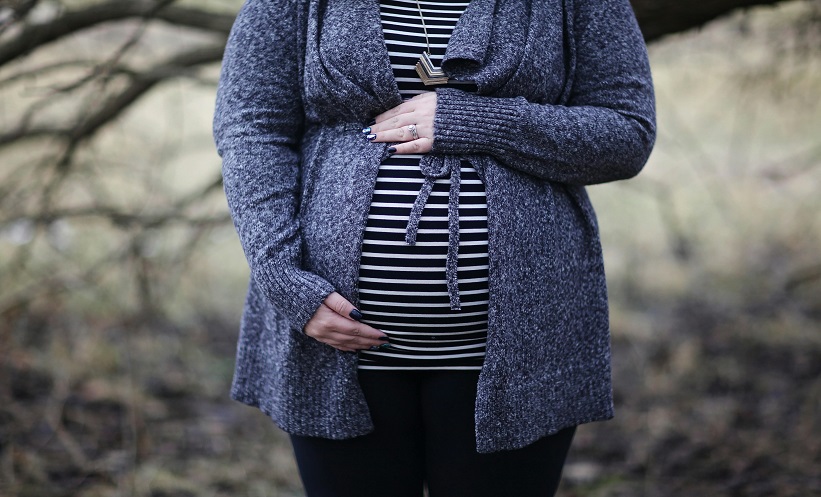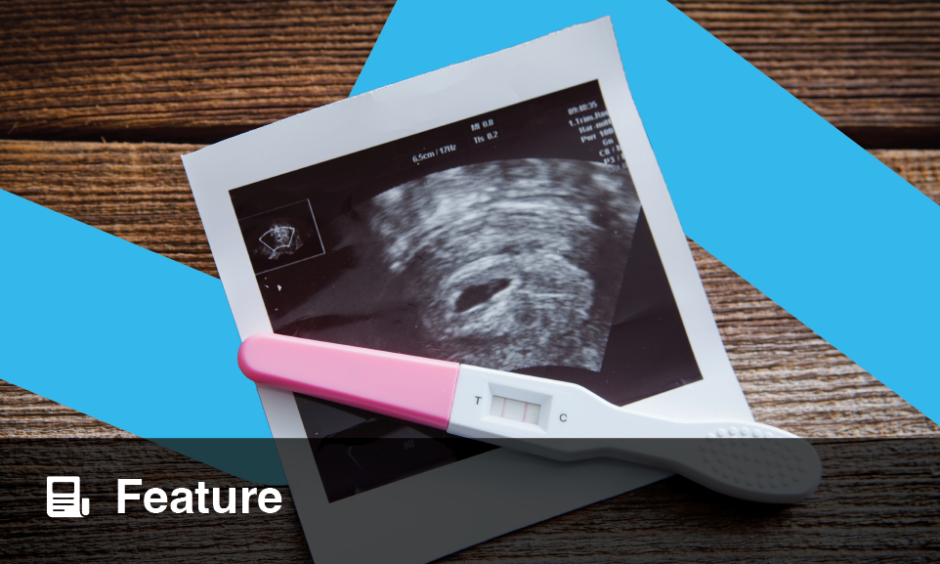ALARMINGLY, spontaneous preterm birth risk throughout pregnancy is reportedly higher for females with greater risk for pre-eclampsia in the first trimester. Pre-eclampsia is a complication of pregnancy, characterised by hypertension and proteinuria, or stroke and organ failure in more severe cases. Other reported symptoms include vision problems, headache, nausea, and abdominal pain. Whilst the precise cause remains unclear, several contributing factors have been identified, such as obesity, and a history of hypertension or diabetes.
In a combative effort to learn more about this condition, Paolo Cavoretto, Department of Obstetrics and Gynaecology, IRCCS San Raffaele Scientific Institute, Milan, Italy, and colleagues, conducted a secondary data analysis. The study aimed to determine if there was a correlation between the predicted risk of pre-eclampsia early in pregnancy, and the timing of labour and delivery among females who did not develop pre-eclampsia.
Data was analysed from the Screening Programme for Pre-eclampsia (SPREE) trial, in which there was a comparison of the performance of the first trimester screening for preterm pre-eclampsia using the Fetal Medicine Foundation (FMF) model versus a traditional, history-based risk scoring system. From this, a sub-cohort of females with spontaneous onset of delivery were included, and divided into three groups corresponding to preterm pre-eclampsia risk (low, intermediate, and high), according to the FMF, at 11–13 weeks’ gestation follow-up.
In all, 10,820 cases of spontaneous onset labour were studied. Researchers concluded two important findings; firstly, the duration of pregnancy decreased with increasing first trimester risk for pre-eclampsia. Secondly, as the risk of pre-eclampsia increased between risk groups, the risk of spontaneous birth also significantly increased. For instance, when compared with the low-risk group, the risk for spontaneous birth was four times higher at a gestational age of 24–26 weeks, three times higher at 28–32 weeks, and two times higher at 34–39 weeks. Commenting on these findings, Cavoretto stated: “These differences present major clinical implications for antepartum counselling, monitoring, and interventions in these pregnancies.”








